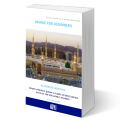Pronouncing Hamza in the Quran: Free Tajweed Rules Lesson
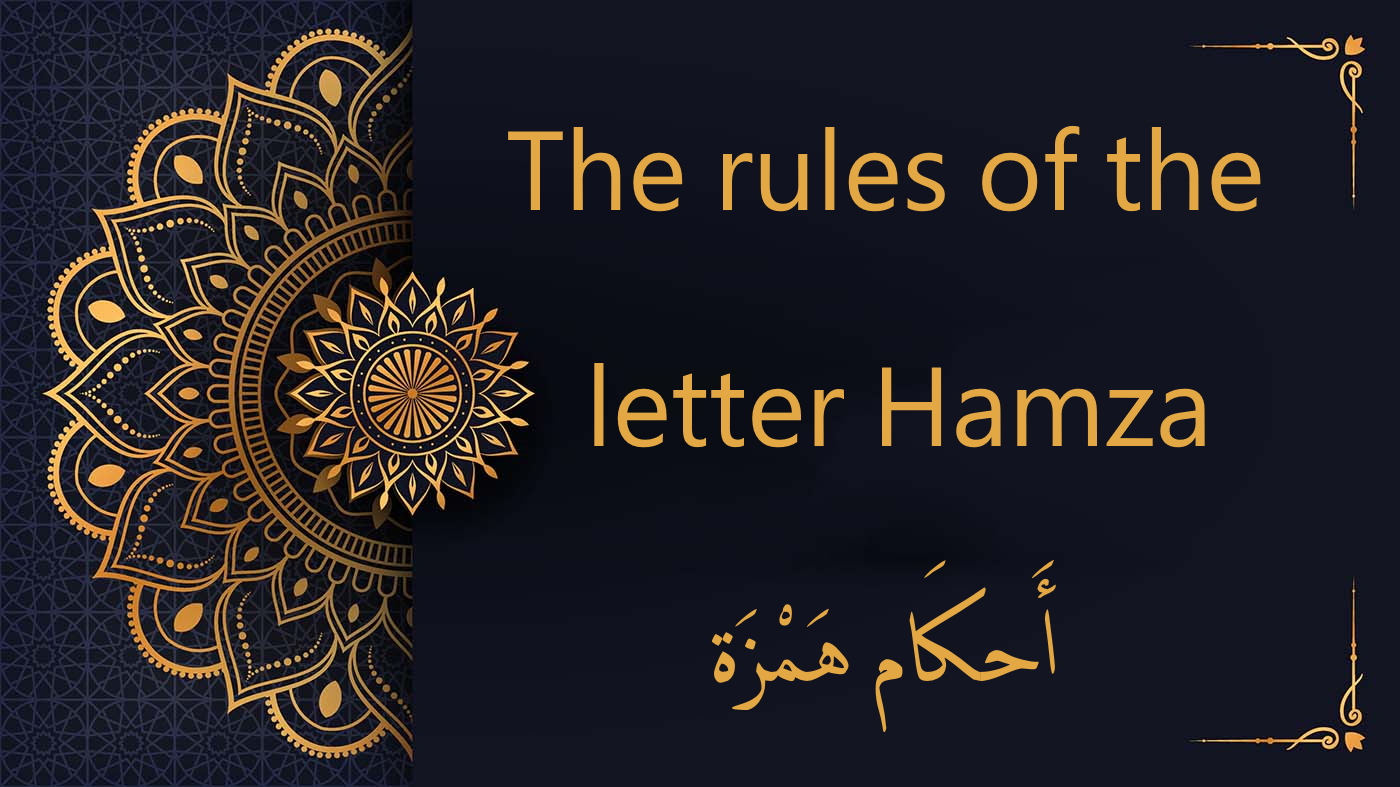
The Tajweed Rules of the Hamza Letter In the sacred text of the Holy Quran, the letter hamza (ء) manifests in two distinct forms: Hamza Al-Wasl: Unique in its application, Hamza Al-Wasl exclusively appears at the onset of words. Its pronunciation hinges on its position within a verse. When it stands at the commencement […]
the rules of the letter Lam | Free Tajweed Course
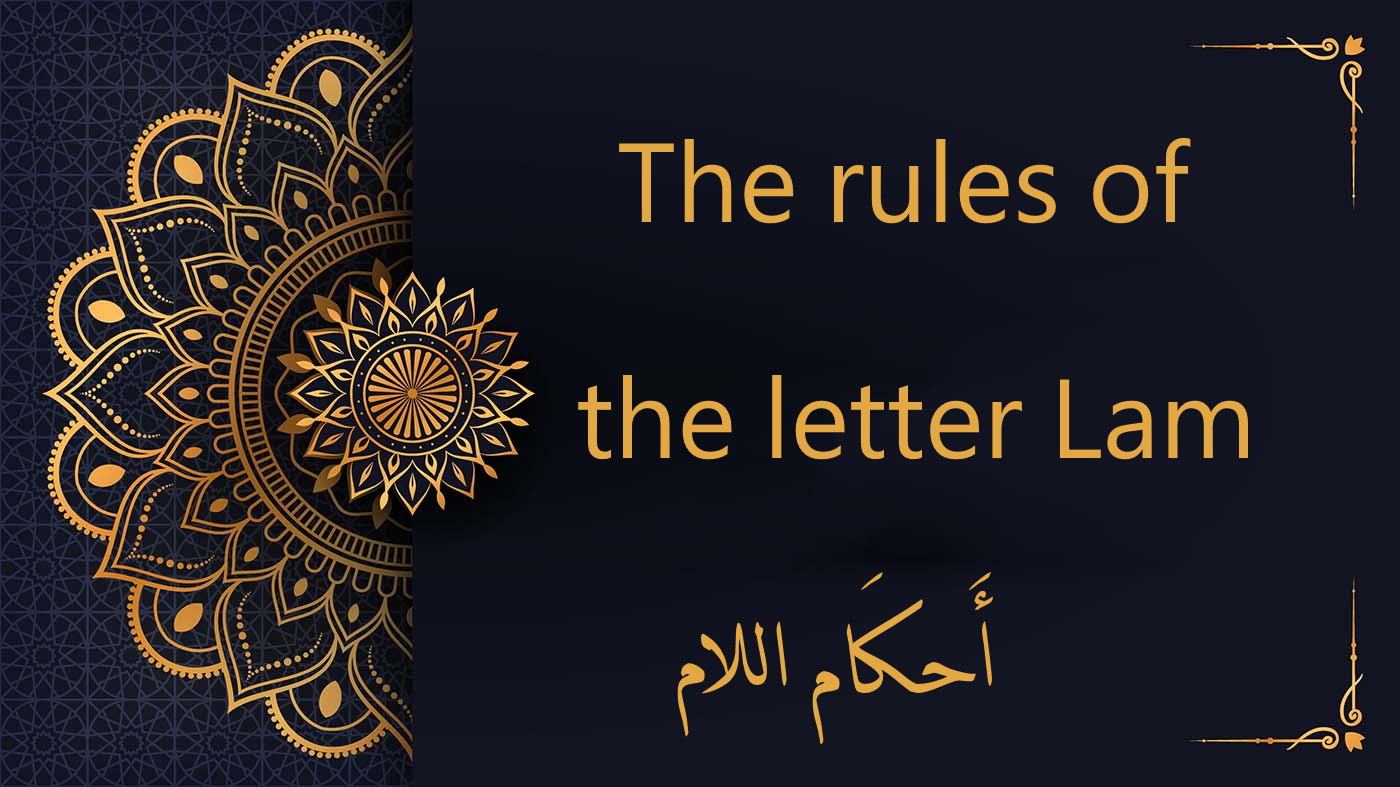
Mastering the ‘Lam’ Letter: A Comprehensive Tajweed Guide 1. Recitation of the Letter Lam (ل): Always Light, Without Emphasis Recitation of the Letter Lam (ل) in the Arabic language carries its own set of intricate rules, ensuring the beauty and fluency of the spoken word. One fundamental rule is its generally light pronunciation, where it […]
Understanding the Role of Alif | Free Tajweed Lesson
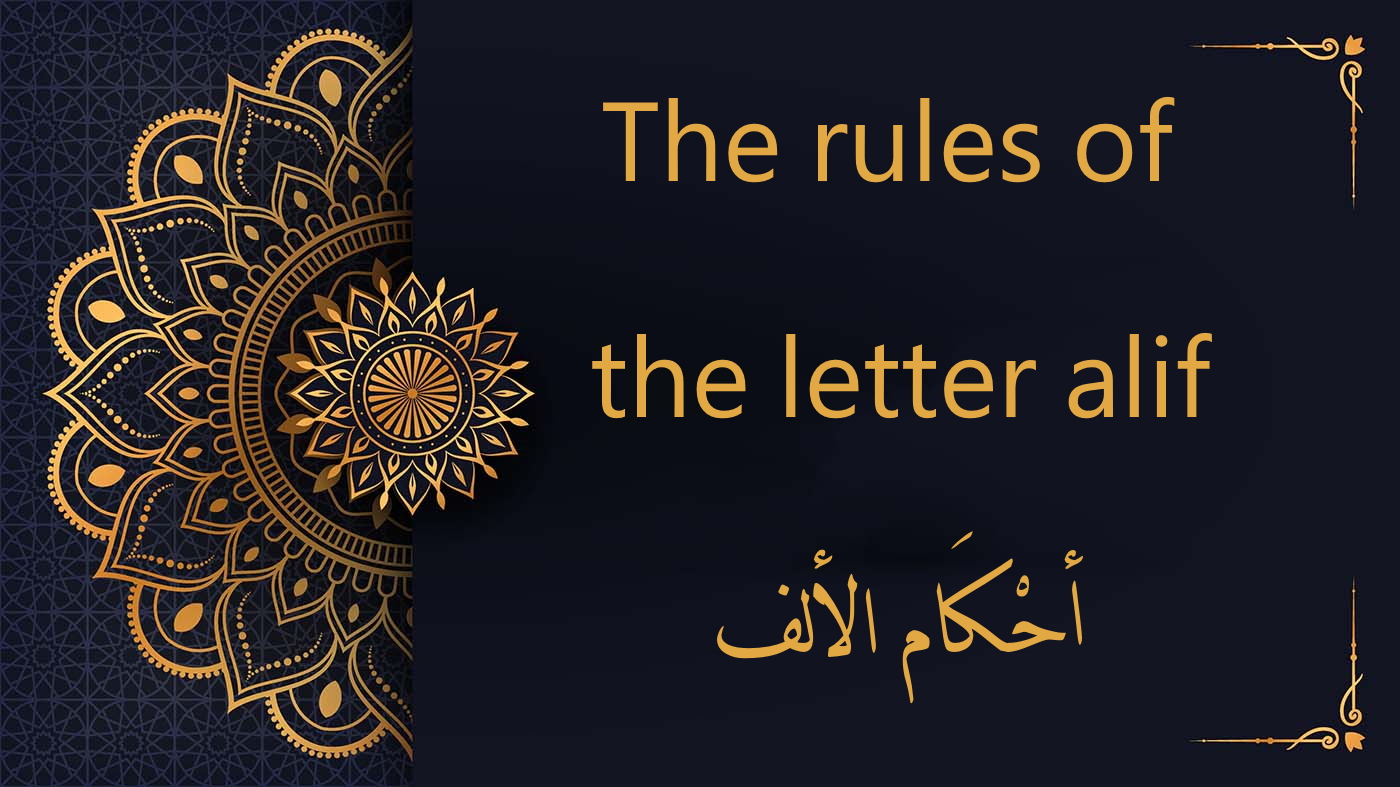
Tajweed Rules: Understanding the Role of Alif The Letter Alif (ا) in Tajweed: A Dual Pronunciation In the realm of Tajweed, the science of Quranic recitation, the letter Alif (ا) takes on a unique role. It can be pronounced in two distinct ways, each with its significance: 1. Emphasis (Tafkheem): When reciting Alif […]
Mastering the Letter Ra (ر) | Free Tajweed Lesson
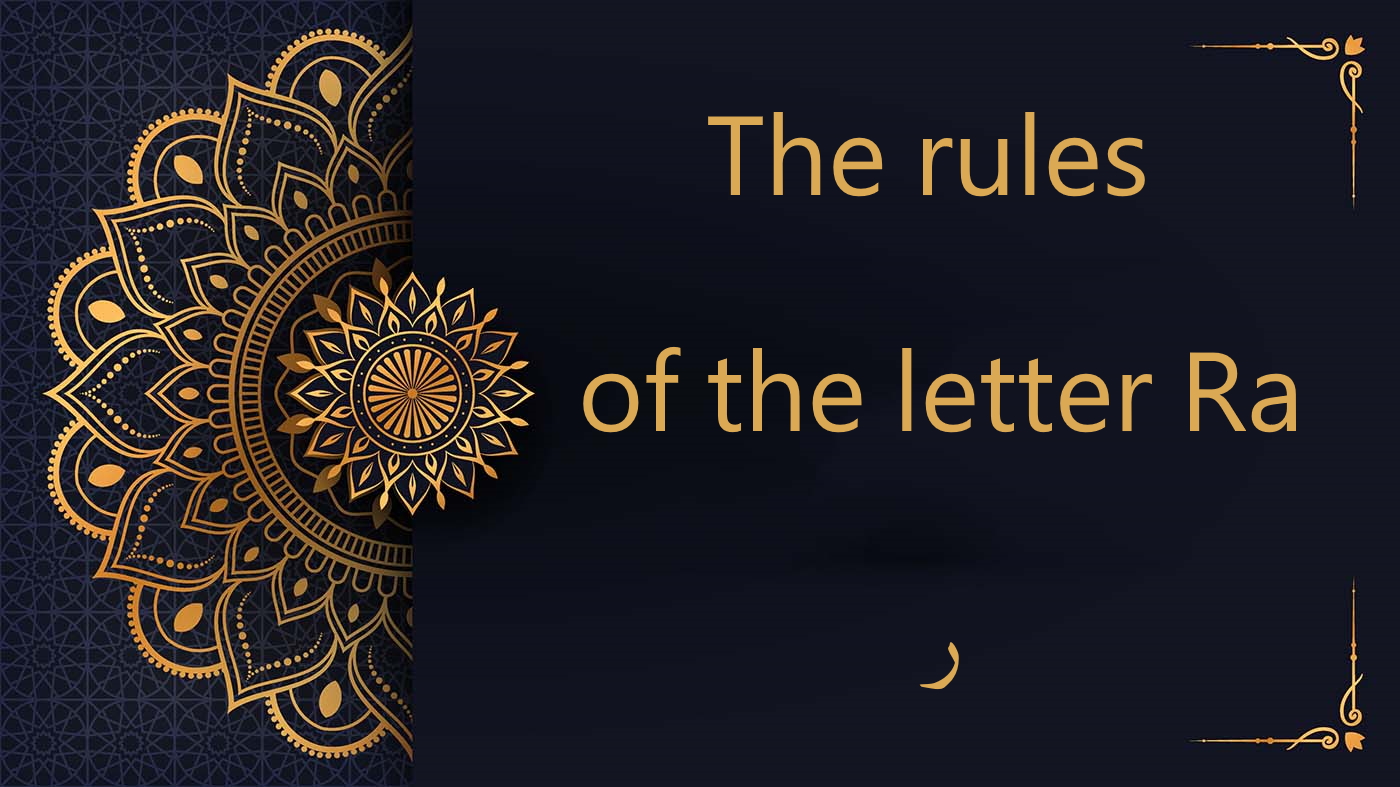
Mastering the Letter Ra ر | Free Tajweed Lesson Exploring the Nuances of Pronouncing the Arabic Letter “Ra” (ر) In the realm of Tajweed, the correct pronunciation of the Arabic letter “Ra” (ر) is a fundamental aspect of accurate recitation. When it comes to this letter, there are two distinct ways to pronounce it: […]
Unlocking Al-Qalqala: The Art of Resonance | Free Tajweed Rules Course

Unlocking Al-Qalqala: The Art of Resonance | Free Tajweed Rules Course Qalqala: Resonance in Arabic Pronunciation In the Arabic language, “qalqala” is a term that evokes a sense of restlessness, instability, and disturbance. Interestingly, this concept is not only linguistic but also acoustic in nature. Qalqala refers to a phenomenon that occurs with certain […]
Tajweed Mastery: The Essentials of Prolongation Rules
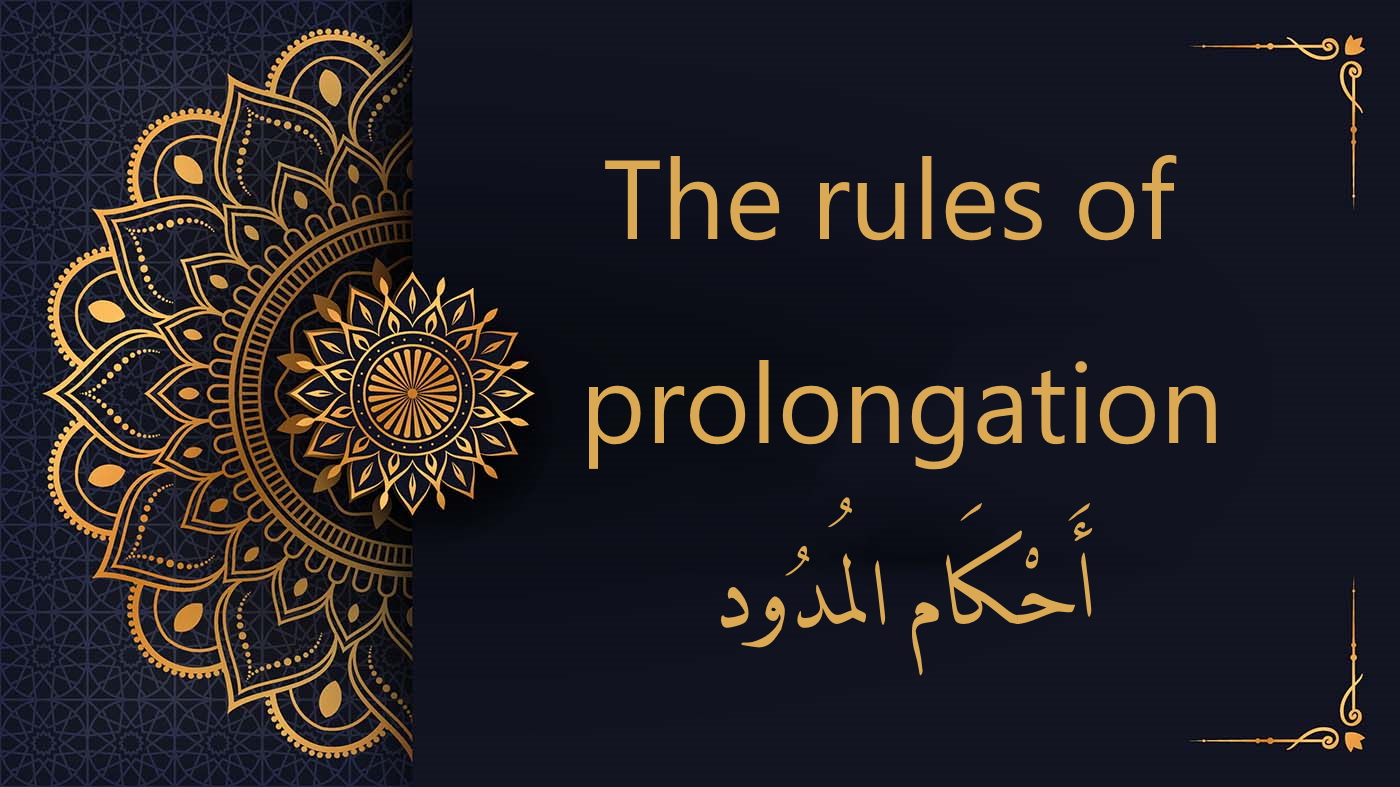
Tajweed Mastery: The Essentials of Prolongation Rules In the realm of the Arabic language, the term “madd” is used, which can be translated as “extension” or “prolongation”. Within the framework of Tajweed rules, “madd” refers to the elongation of a sound when pronouncing certain letters. The Arabic script is characterized by: Three […]
Guidelines for the Letter Meem As Sakeena
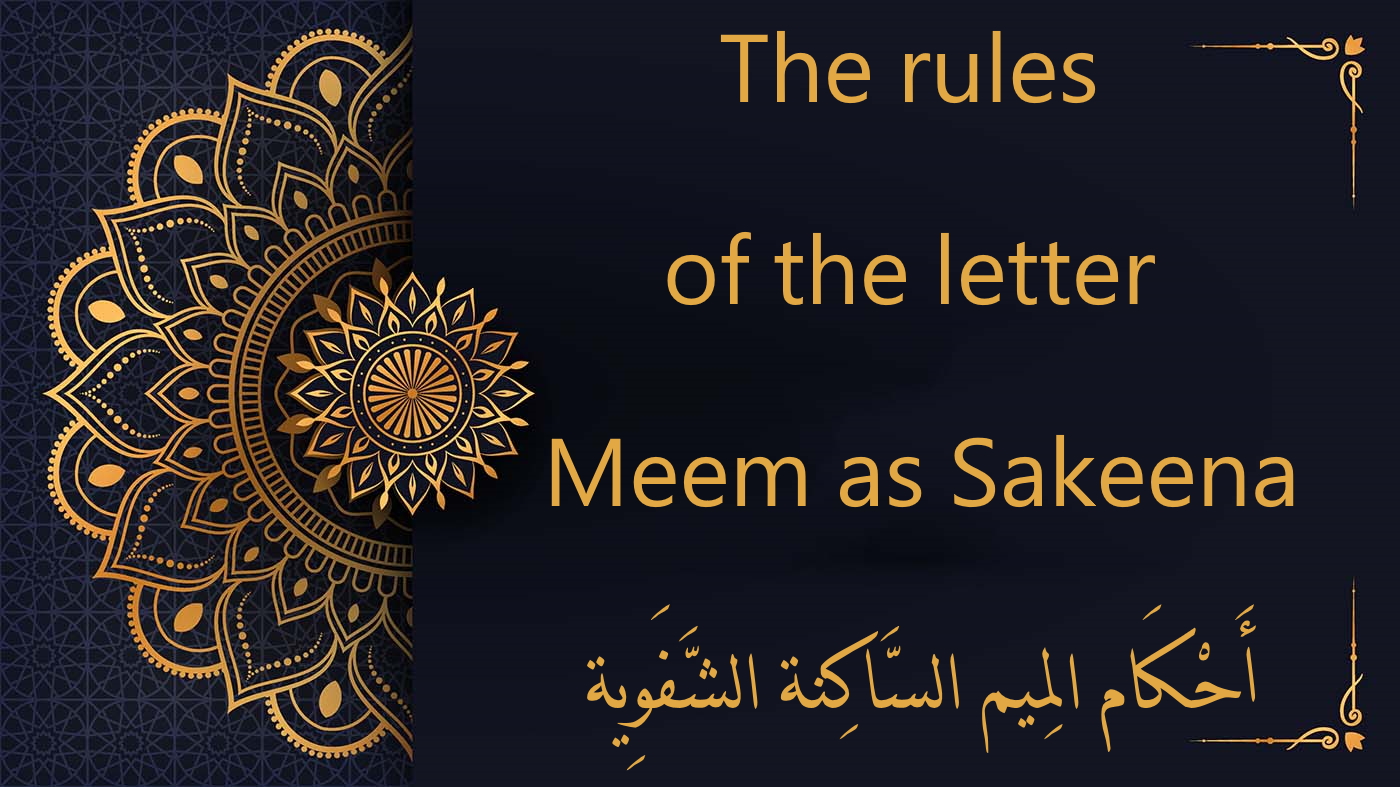
Guidelines for the Letter Meem As Sakeena The letter “Mim” (م) and its variant, “Meem As Sakeena” (مْ), are both considered labial letters, which means they are articulated using the contact of the two lips. In the case of “Meem As Sakeena,” when it carries a sukoon and is followed by another letter, there are […]
Guidelines for the Meem and Noon with Shadda
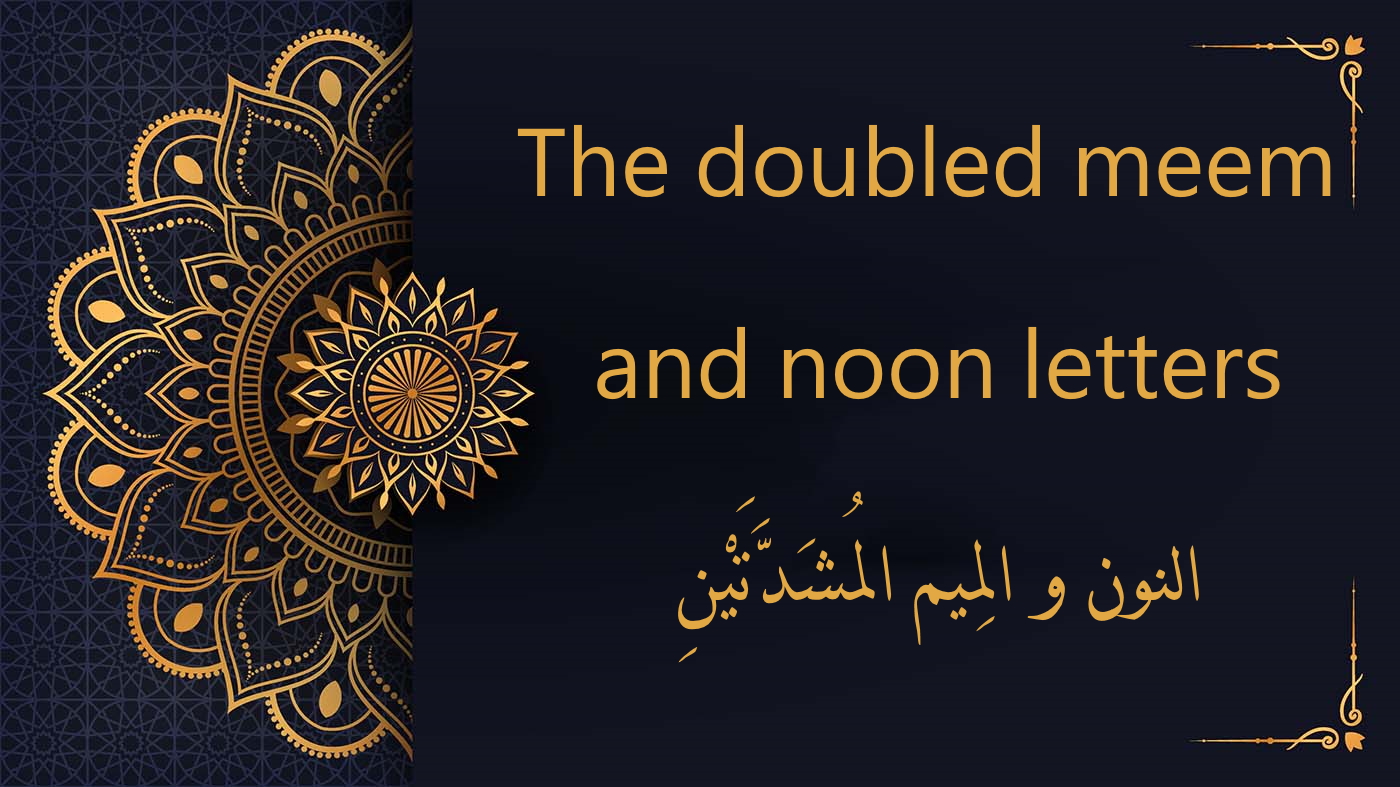
Guidelines for the Meem and Noon with Shadda The doubled letters “noon” (النون) and “meem” (المِيم) with a shadda, also known as “النون المشددة” and “المِيم المشددة,” are interesting features in Arabic pronunciation and phonetics. These letters exhibit a unique characteristic where they are originally composed of two similar letters, but one carries a sukoon […]
Mastering Noon Sakeena and Tanween: A Tajweed Overview

Mastering Noon Sakeena and Tanween: A Tajweed Overview The letter noon – نْ when unvoweled is termed “noon as sakeena.” In Arabic, ‘tanween’ refers to the double vocalization at word endings, producing a sound akin to the noon as sakeena. ٌ ً ٍ The symbol for tanween is a duplicated vowel (either […]
Exploring Ghunna: Delving into the Nuances of Noon and Meem

Exploring Ghunna: Delving into the Nuances of Noon and Meem Letters Ghunna, a nasalization feature, is essential for the letters Noon ن and Meem م. This holds true irrespective of their pronunciation state, be it vocalized, with a sukoon, during idhar, idgham, or even following ikhfa tajweed rules. Its sound originates from the nose, known […]

